
With the arrival of the Nikon D7500, things have got a little more complex for the photographer looking to make the upgrade to a more advanced DSLR. Do you opt for Nikon's latest enthusiast-focused DSLR, or save your pennies and get the slightly older (but still very capable) D7200?
In this Nikon D7500 vs D7200 comparison, we'll examine what advantages the newer camera offers for the photographer, as well as look at where the D7200 still has the edge.
If neither don't quite tick all the boxes you're looking for, don't forget there's Nikon's pro-spec D500 that sits at the top of Nikon's APS-C DX-format DSLR range.
Nikon D7500 vs D7200: Sensor
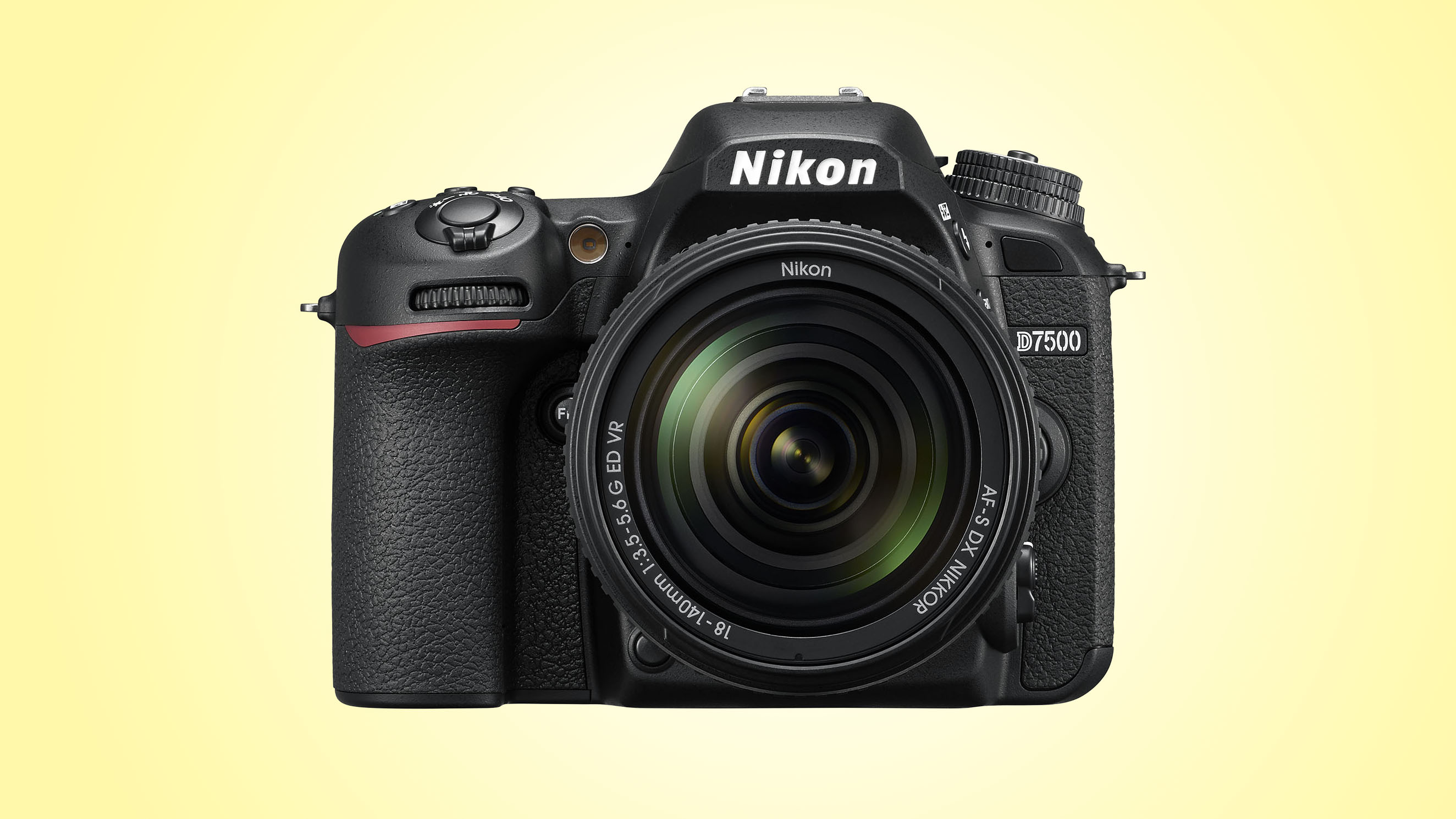

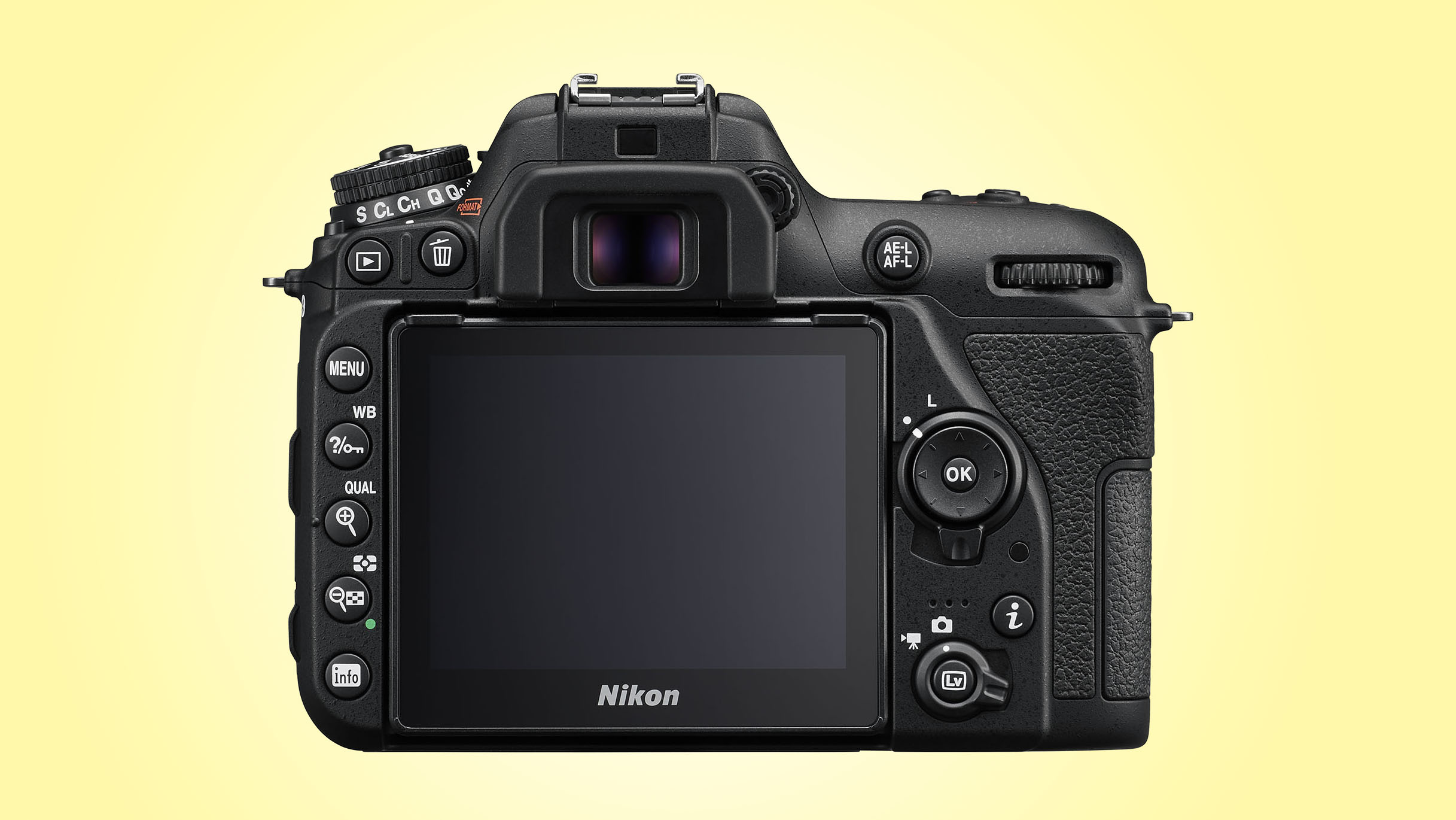

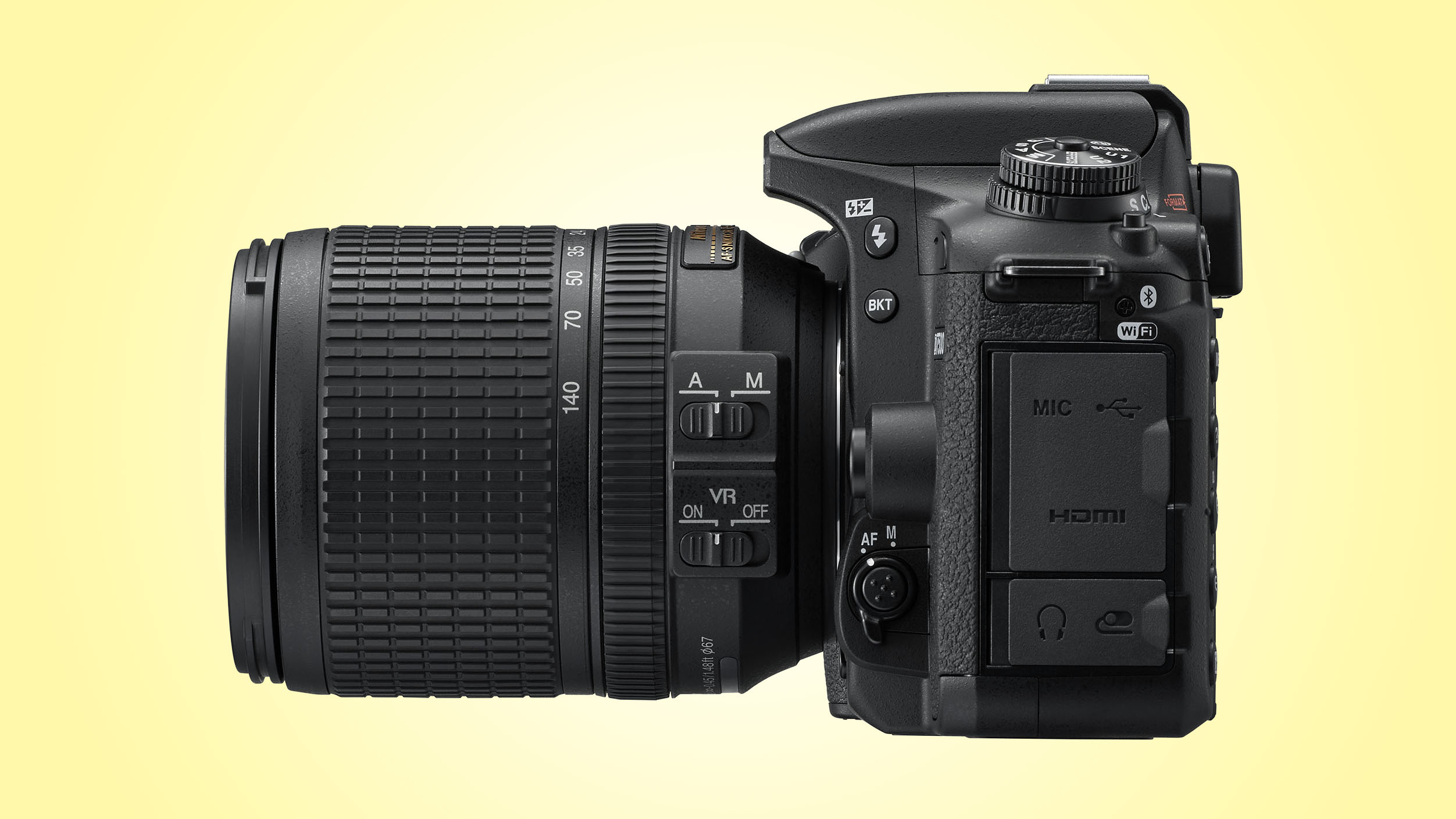

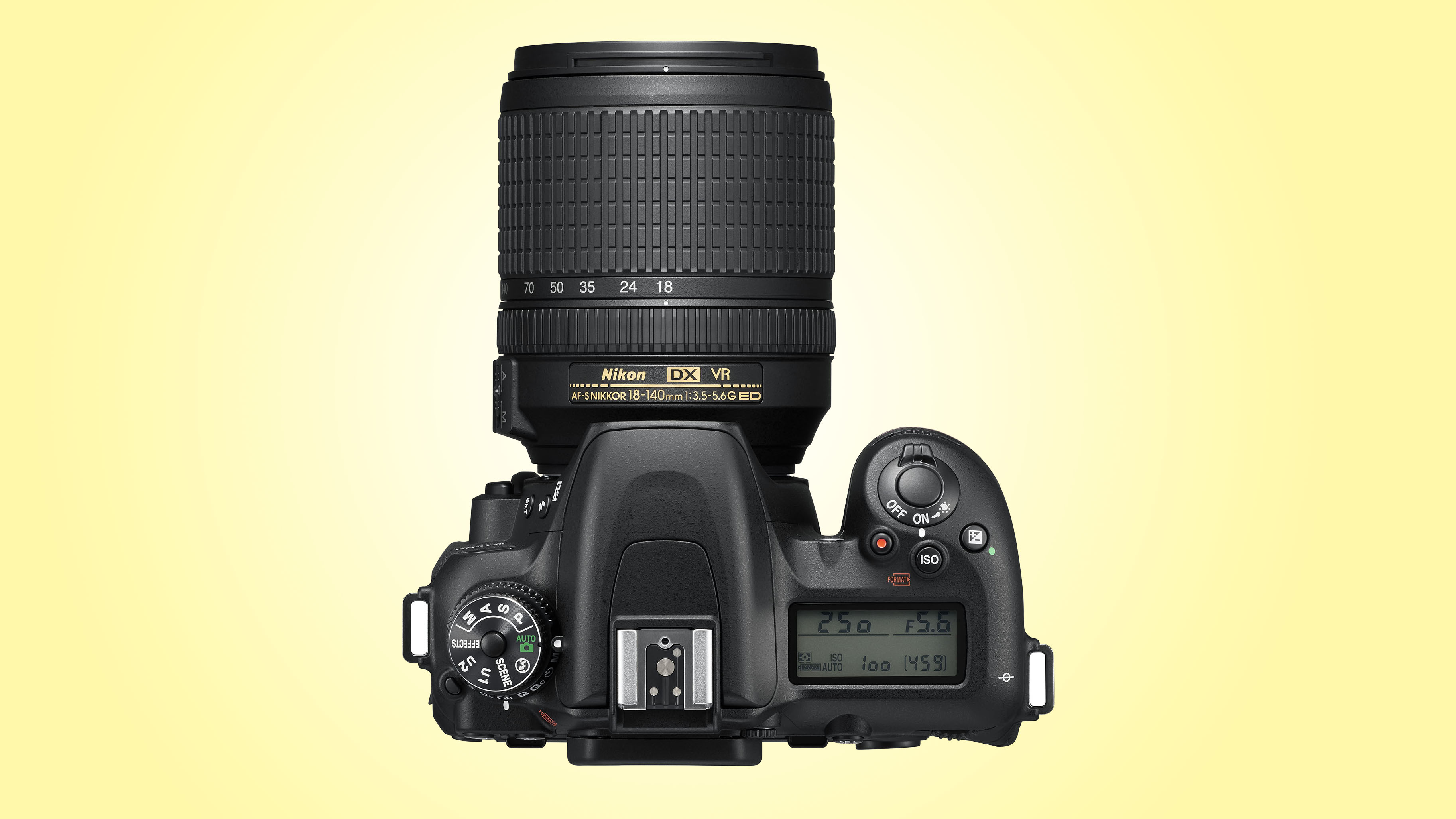
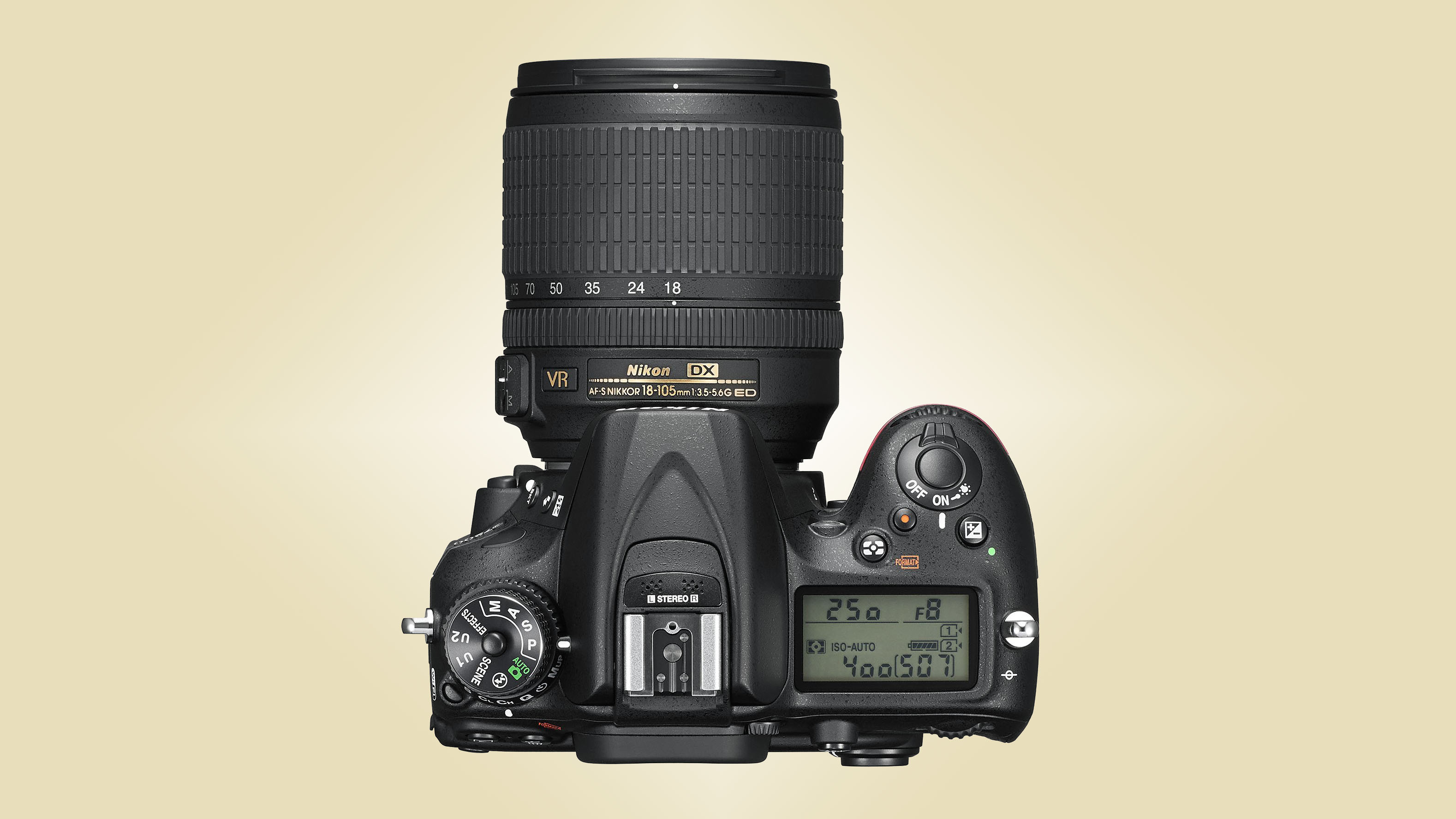
While the D7200 uses a 24MP APS-C DX-format sensor, the newer D7500, while using the same DX-format size chip, actually gets a resolution reduction down to 20.9MP.
You might have lost a few pixels, but this amount is negligible in real-world tests, while the pay-off is a much more flexible ISO range. Whereas the D7200 has an ISO range of 100-25,600, the D7500 offers an extra stop more at 51,200. That's not all, as the extended range up to a staggering ISO equivalent of 1,640,000.
While we'd avoid using the ISO ceiling unless really necessary, the ISO performance across the board is that much bit better than the D7200, while it's also possible to shoot as low as ISO50, making the D7500 that bit more versatile if you want to get creative with long exposures or use fast prime lenses in bright light.
Nikon D7500 vs D7200: Autofocus
Both the D7500 and D7200 feature a excellent 51-point AF system, with 15 central point cross-type variants for even great accuracy.
Get daily insight, inspiration and deals in your inbox
Sign up for breaking news, reviews, opinion, top tech deals, and more.
The D7500 does offer a few more tricks though, with the addition of a Group-Area AF mode found on the D500, as well as a higher resolution metering sensor over the D7200 for improved tracking capabilities. The 180,000-pixel RGB sensor on the D7500 is much more sophisticated than the 2,016-pixel chip on the D7200.
The D7500 also gets the the Auto AF fine-tune system we've seen on the D500 that enables users to automatically calibrate autofocus with specific lenses in Live View.
Nikon D7500 vs D7200: Burst shooting speed
While the 6fps burst shooting speed of the D7200 is solid enough, the D7500 is that bit quicker at 8fps. That's not the whole story, as the D7500's bigger buffer will allow you to continue shooting at this faster rate for 50 shots (that's uncompressed 14-bit raw files as well). A big step-up from the D7200's 18 shot buffer at 6fps.
Nikon D7500 vs D7200: Rear display
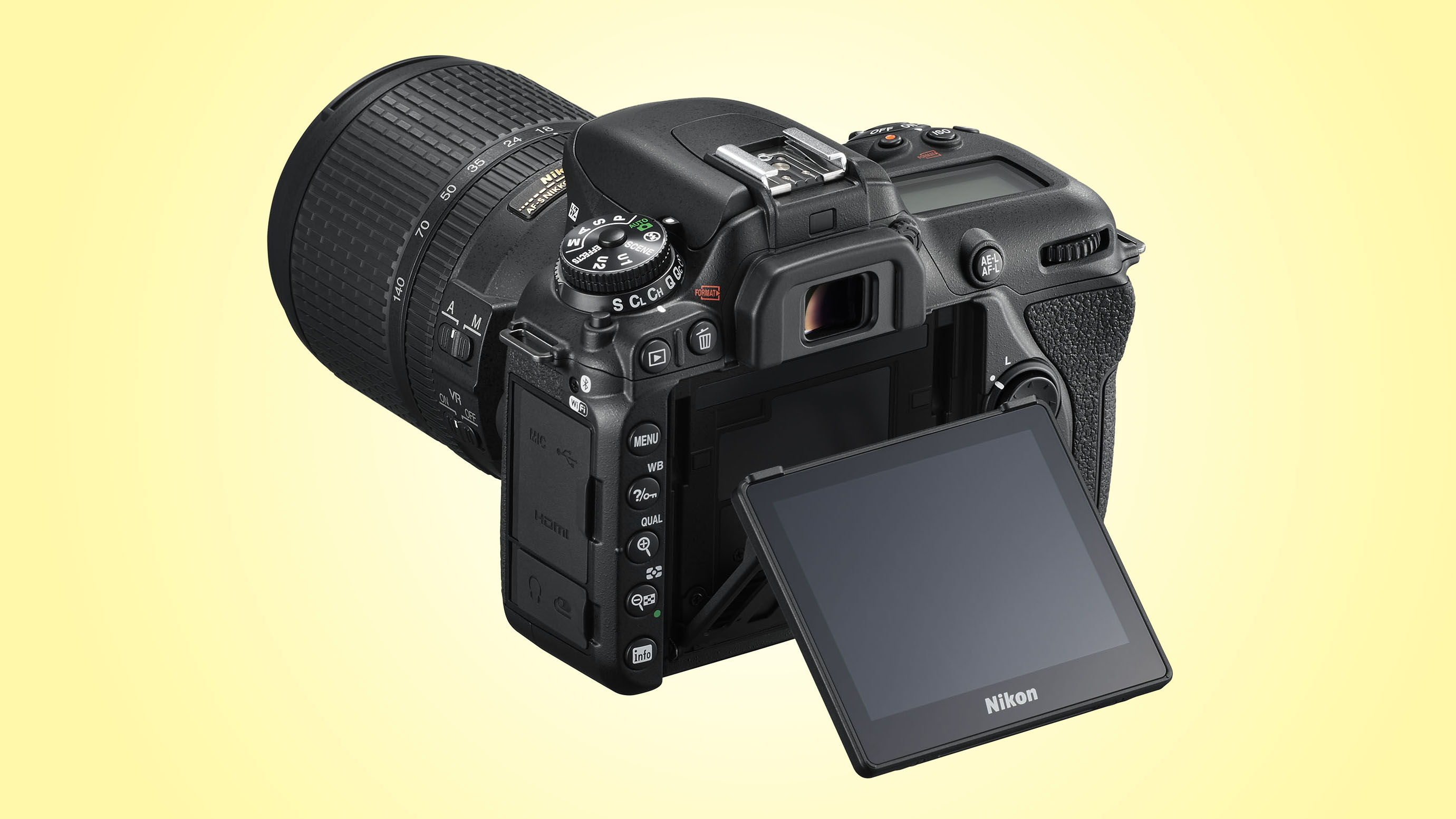
While both the D7100 and D7200 have sported large 3.2-inch displays that sat flush with the camera body, the D7500 has a 3.2-inch tilt-angle touchscreen display instead.
The tilt-angle touchscreen certainly has its advantages. Framing of shots in Live View is that bit easier with the D7500's flip-out display, while the ability to tap-to-focus (you can also tap the area of the screen where you want to focus and trigger the shutter at the same time) and swiping to review images makes handling that bit more polished.
The one downside is the dip in screen resolution, with the D7500's 922,000-dot resolution not quite a match for the D7200's 1,299,000 dots. However, in use we found this to not massively impact on the user experience, with a decent amount of clarity and good color rendition shown.
Nikon D7500 vs D7200: Build quality
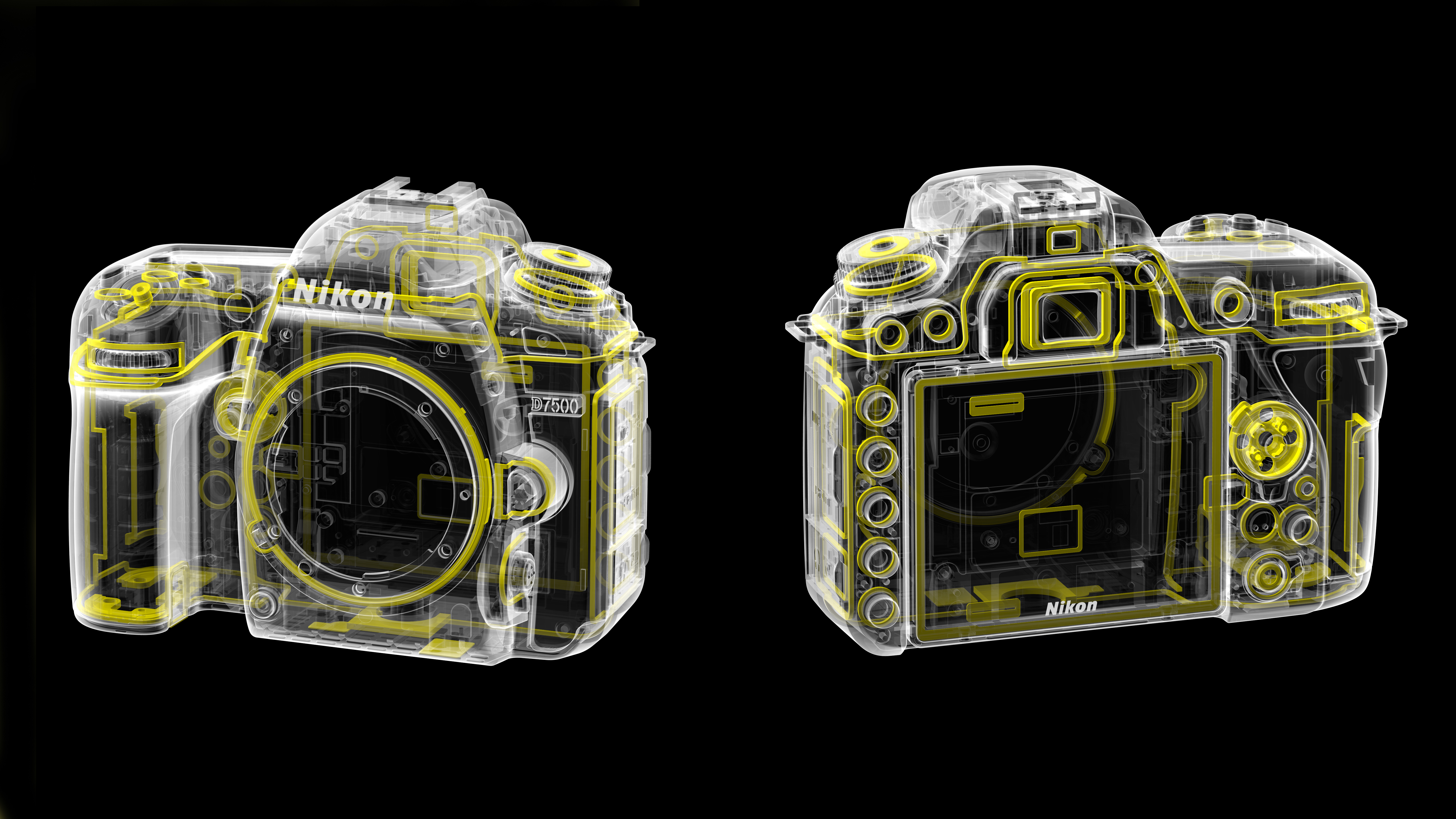
The Nikon D7500 is actually 5% lighter than the D7200 (and 16% lighter than the D500), and tips the scales at a modest 640g / 1lb 6.6oz. Despite this minor weight saving though, it feels reassuringly solid in the hand.
Compared to the D7200, the handgrip on the D7500 is that bit deeper. The D7200 has the luxury of being able to accommodate an optional vertical battery grip - useful if you shoot in portrait-format regularly, but Nikon hasn't (for now at least) released a grip for the D7500.
Both cameras are classed as weather-proof, but whereas the D7200 features magnesium alloy panels, these are replaced by a single monocoque construction on the D7500 in an effort to save weight.
While it may appear a retrograde step, the D7500 still feels like a well-made piece of kit for the price – it certainly doesn't feel plasticky.
Nikon D7500 vs D7200: Video
The D7200 can shoot Full HD footage at up to 60fps, but the D7500 is bang up to date and can shoot 4K footage at 30fps, and can do this for up to 30 minutes. As well as shooting in 4K, the D7500 can shoot Full HD footage at 60fps, while 4K UHD timelapse movies can be created in-camera, and there's electronic Vibration Reduction to reduce the impact of camera shake when shooting movies hand-held.
Both the D7200 and D7500 feature a headphone and microphone jack for pro-level audio recording and monitoring, while the D7500 also offers simultaneous 4K UHD output – to card, and uncompressed via HDMI – as well as.
Nikon D7500 vs D7200: Storage media
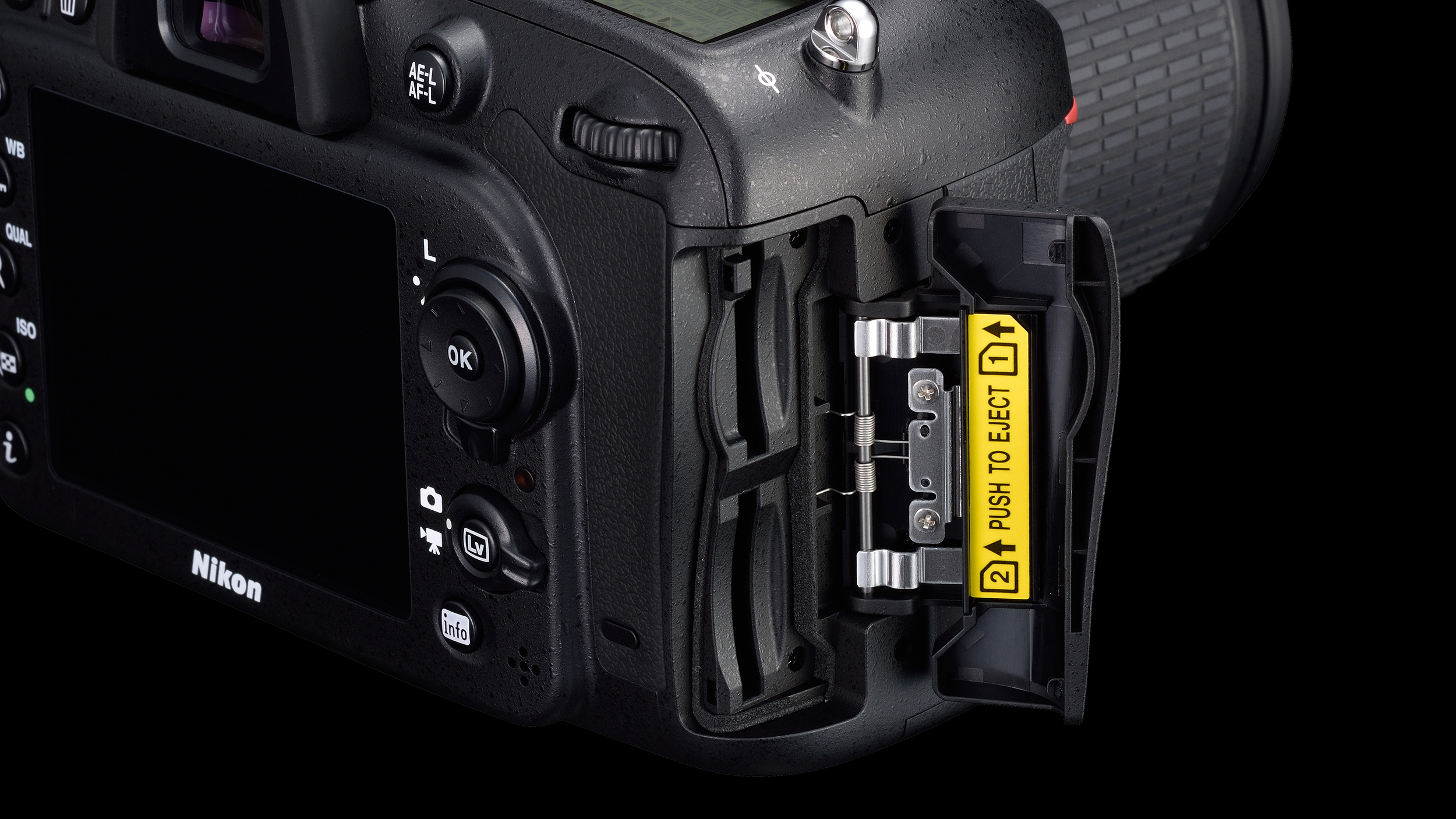
The D7200 sports dual SD card slots, allowing you to set the camera up to record different media or file formats to each card (you can shoot stills on one, and video would be recorded on the other for instance, or raw files on one and JPEGs on the other), or the second slot can be used as an overflow for the first card. The D7500 on the other hand features a single SD card slot, which will no doubt be a disappointment for some potential buyers. With larger capacity cards being more affordable than ever, as well as being less inclined to throw-up a card error, a second slot isn't quite as vital.
Nikon D7500 vs D7200: Connectivity
As we’ve seen with other recent Nikon DSLRs (including the D500, D3400, D5600 and D850), the D7500 sports Nikon's SnapBridge technology, enabling the camera to stay permanently linked to a smart device over a low-power Bluetooth connection (or via Wi-Fi). This means that after the initial connection has been made images can be transferred automatically to your phone whenever you shoot.
The D7200 on the other supports Wi-Fi and NFC connectivity - it's still possible then to transfer images out in the field, but not quite as streamlined as the D7500.
Nikon D7500 vs D7200: Verdict
If you're looking to upgrade from a D3xxx camera like the D3400 or D5xxx camera like the D5600, we reckon the D7500 is the way to go. The improved performance and noise handling over the D7200, as well as the tilt-angle screen give it the edge. Again, D7000 and D7100 users will also be better served by the D7500. D7200 users though should hold tight, unless you're itching to upgrade, in which case we'd say skip the D7500 and get the D500.
Phil Hall is an experienced writer and editor having worked on some of the largest photography magazines in the UK, and now edit the photography channel of TechRadar, the UK's biggest tech website and one of the largest in the world. He has also worked on numerous commercial projects, including working with manufacturers like Nikon and Fujifilm on bespoke printed and online camera guides, as well as writing technique blogs and copy for the John Lewis Technology guide.
